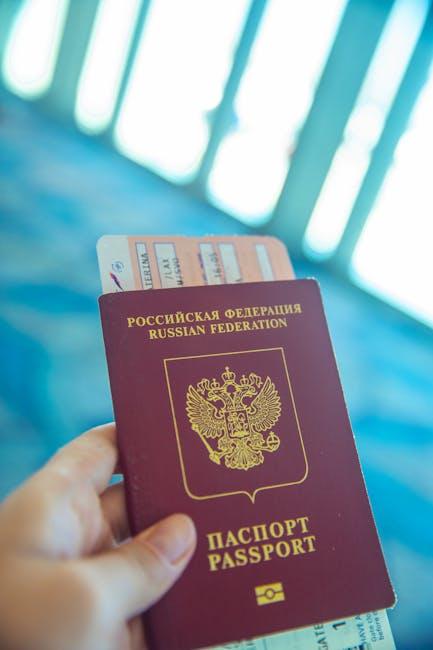In the vast ocean of online dating, where potential matches are just a swipe away, the promise of finding love is tantalizingly close. Yet, beneath the surface lurks a shadowy phenomenon that can turn dreams into nightmares: catfishing. This deceptive practice, where individuals create fake personas to lure unsuspecting daters, can lead to emotional turmoil and shattered trust. Navigating the digital dating world requires more than just a catchy profile; it demands vigilance and awareness. In this article, we delve into the art of identifying red flags and offer practical tips to safeguard your heart—and identity—while exploring the virtual landscape of love.
Spotting the Signs of a Digital Deceiver
In the digital age, distinguishing genuine connections from fabricated personas can be challenging. To protect yourself, be mindful of certain red flags. Often, a digital deceiver might avoid video calls or in-person meetings, offering endless excuses. Be wary of profiles with too-perfect photos or those lacking personal details.
Consider their communication patterns. A catfisher might shower you with flattery but evade direct questions about their life. Look for inconsistencies in their stories or an unwillingness to connect on other social media platforms. If they request financial help or share overly dramatic tales, it’s a sign to step back and reassess. Always trust your instincts and prioritize your safety.
Building Trust with Caution and Care
When navigating the world of online dating, it’s essential to approach each interaction with a blend of openness and vigilance. Building trust requires a delicate balance of curiosity and caution. Start by taking the time to verify details that your potential match shares. Simple steps like conducting a reverse image search or cross-referencing social media profiles can offer insights into their authenticity.
- Communicate via video: Suggest a video call early on to ensure the person matches their profile.
- Be wary of too-good-to-be-true stories: If something feels off, trust your instincts and proceed with care.
- Keep personal information private: Avoid sharing sensitive details until you’re certain of the person’s intentions.
By taking these precautions, you create a safer environment to explore genuine connections without compromising your safety or peace of mind.

Verifying Identity with Simple Strategies
In the world of online dating, ensuring the authenticity of the person you’re communicating with is crucial. Here are some simple strategies to help you verify their identity:
- Video Calls: Suggest a video chat early in your conversation. This not only provides a face-to-face interaction but also helps confirm that the person matches their profile pictures.
- Social Media Check: Look for their presence on social media platforms. A well-rounded profile with a history of posts and interactions can be a good indicator of a genuine person.
- Reverse Image Search: Use tools like Google Images to perform a reverse image search on their profile pictures. This can help identify if the photos are taken from other sources.
By employing these methods, you can enhance your online dating experience and reduce the risk of falling victim to catfishing. Stay vigilant and trust your instincts.

Protecting Your Heart and Personal Information
In the digital age, safeguarding both your emotions and your sensitive details is paramount. Here are some ways to stay vigilant:
- Be Skeptical of Perfection: If someone’s profile seems too good to be true, it might be. Look for inconsistencies in their story or photos.
- Verify Their Identity: Use video calls early on to ensure the person matches their profile. A genuine connection will welcome this step.
- Guard Your Personal Information: Avoid sharing sensitive details such as your home address, financial information, or even too much about your daily routine.
- Trust Your Instincts: If something feels off, it probably is. Don’t hesitate to take a step back and reassess the situation.
By remaining cautious and informed, you can enjoy online dating while minimizing risks to your heart and data.



